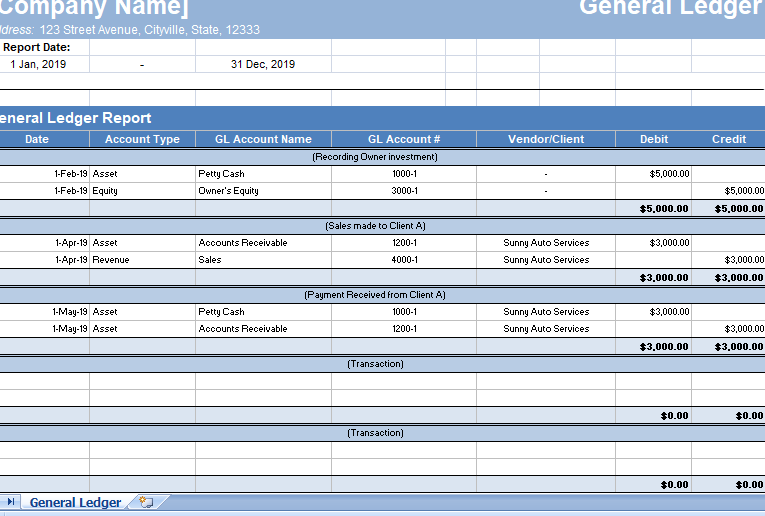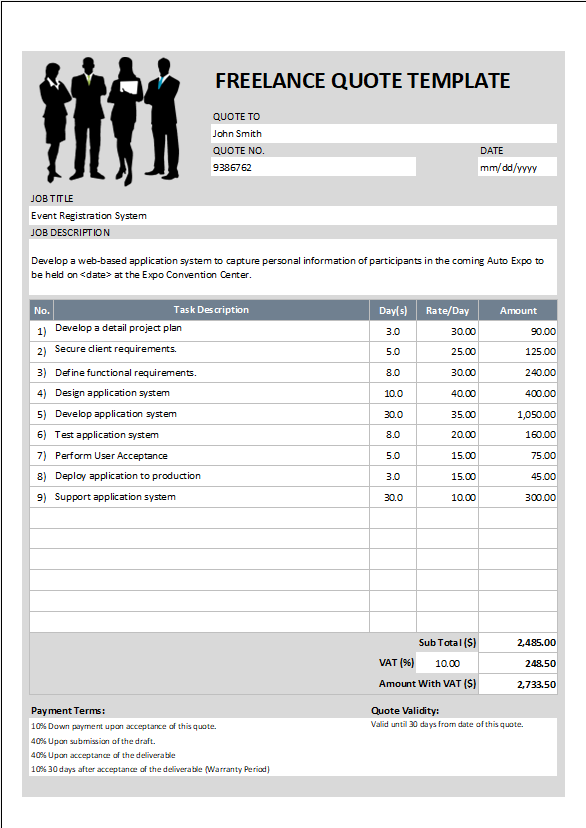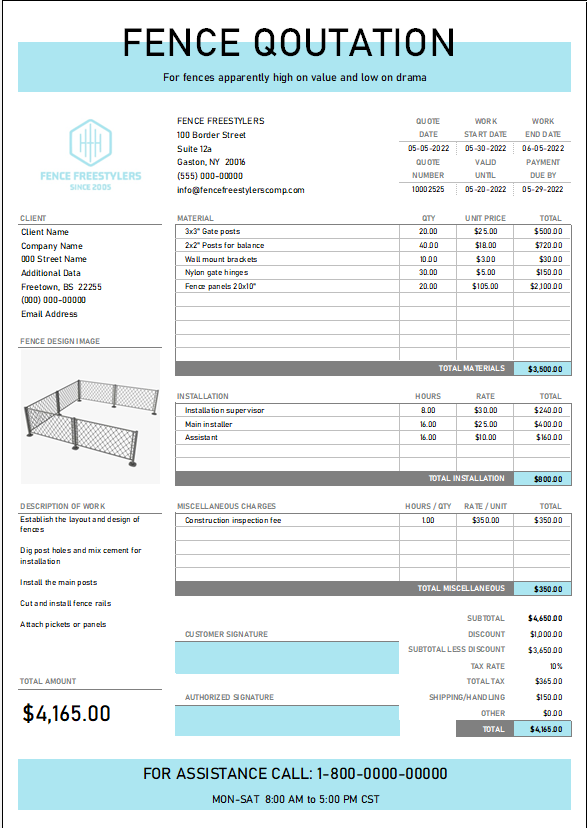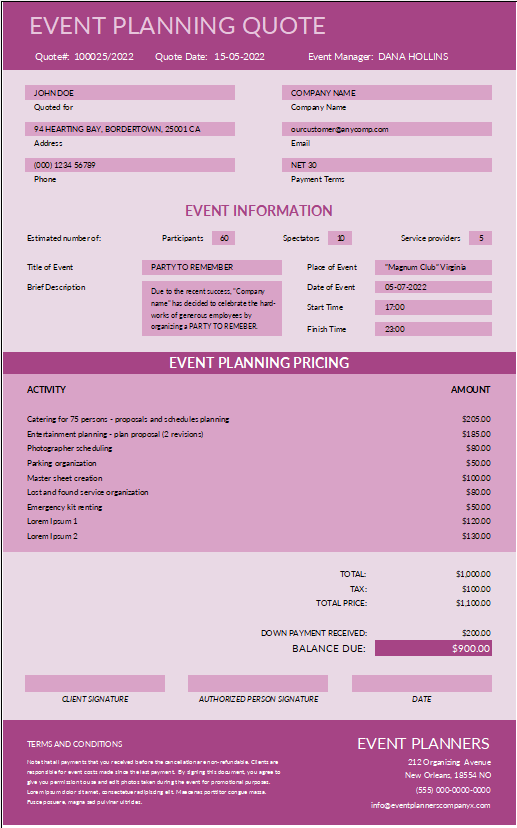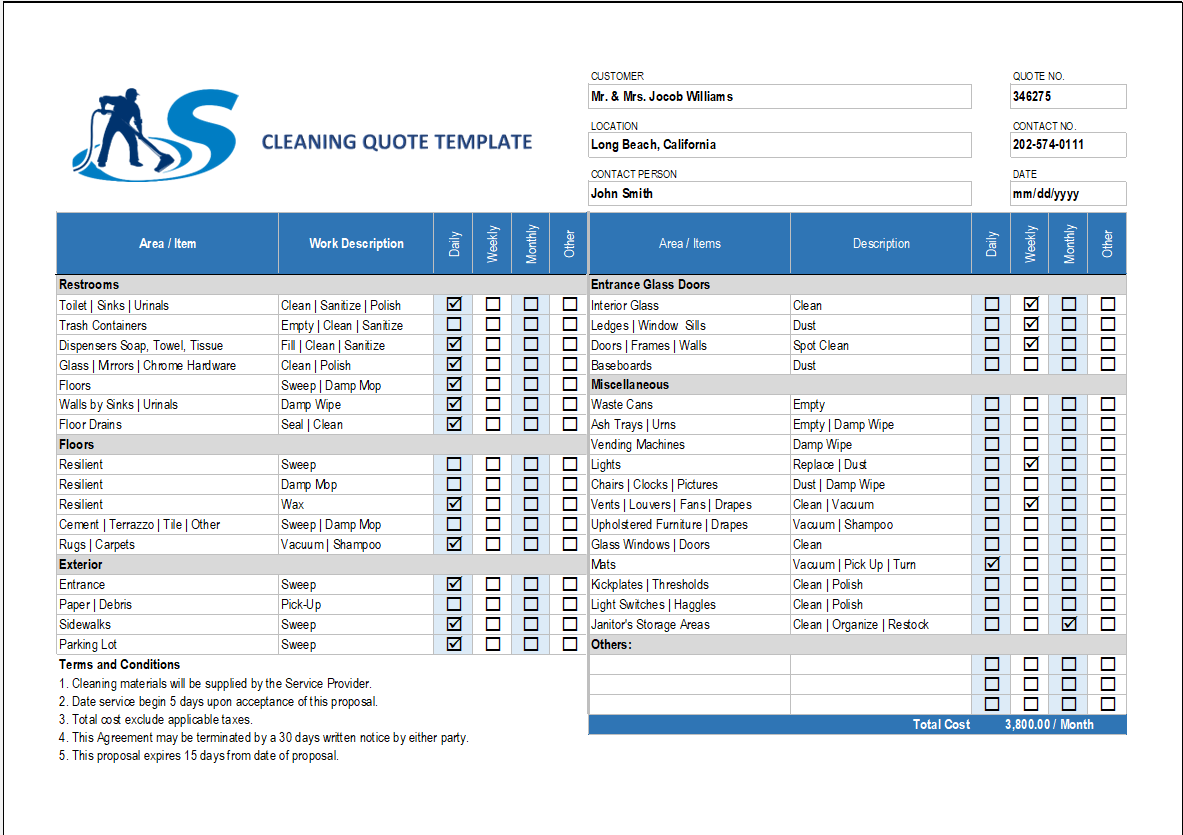General Ledger (GL) in accounting is a collection of accounts use to summarize transactions that are record in the journals. Moreover, Ledgers can also be interpret in the last stages of the accounting book of the final entry. It holds a summary of data that are group or classify derive from the journals.
Ledger Account
It records the changes that occur in each account and it will show the balance of accounts at the end of accounting period. Any transactions that are record in the journals will post or move to the General Ledger at regular intervals. Sometimes, accounts in it do not reflect financial data in detail. Includes account such as debt accounts, accounts receivables and inventories. To find those data, other accounts are require to group those extra accounts. It is called subsidiary ledger.
Ledger Accounting
General Ledger is often refer to as the parent ledger that show estimation status of main accounting accounts. These estimates are mutually exclusive and serve to summarize the effect of transactions on changes in company assets, liabilities and capital. Moreover, Subsidiary ledger is often refer to as a supplementary book. A group of accounts that specializing in the details of accounts receivable and accounts payable that provide more detailed information.
General Ledger has several purposes, namely to:
- record all accounting transactions accurately and correctly.
- post transactions to the right account.
- keep balance and credit balance on account.
- accommodates the require entry journal entry.
- making reliable and timely financial reports for each accounting period.
Ledger Account Example
Thus, People can use several general ledger form models to entry their financial data. Popular ones are T-Account and Debit/Credit models. So, You can download and use those two models below. Moreover, General Ledger are always inputted after journals. It means, accounting people have to entry any transaction data twice. Hence, You can find that several accounting already eliminate this double entry by making general ledger to filter and pull data automatically based on particular chart of accounts in accounting journals.

